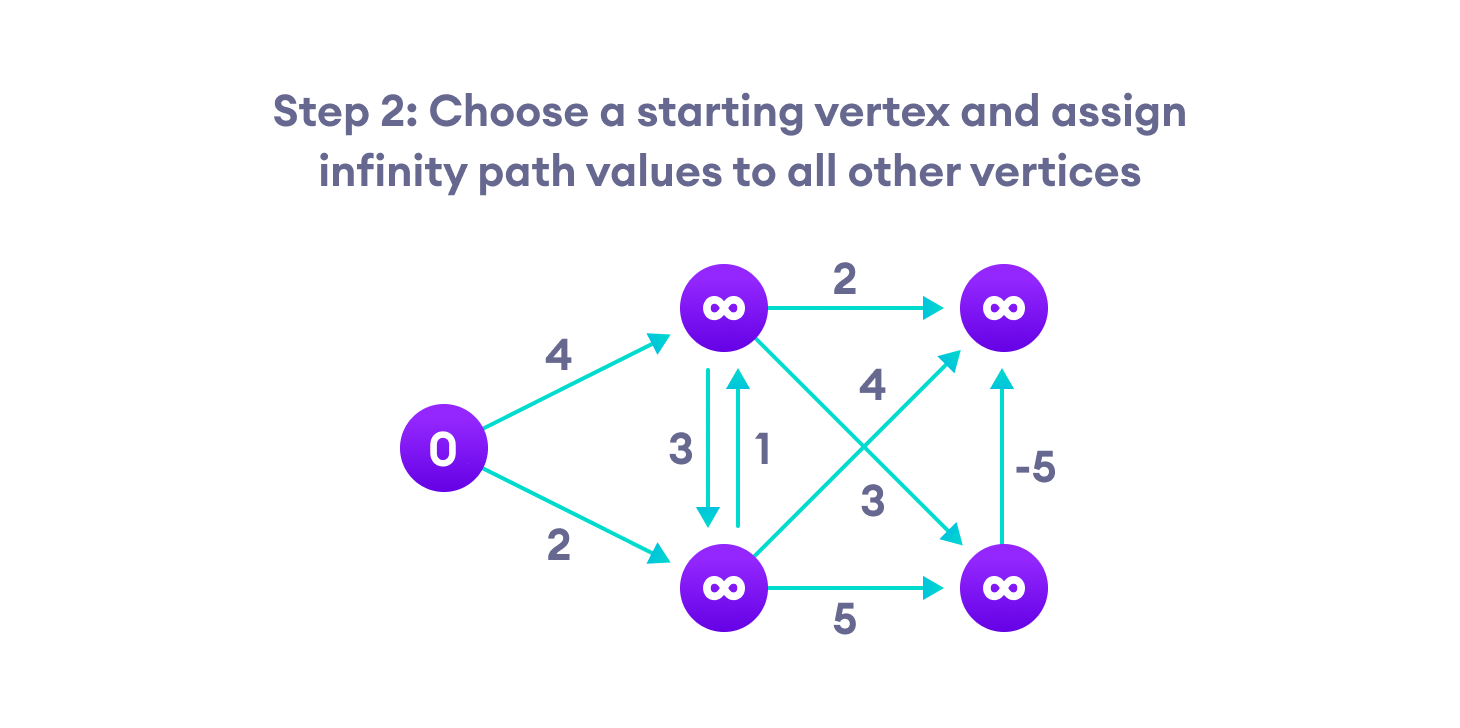Sem IV IT/BCA Bellman-Ford algorithm
The Bellman-Ford algorithm is a graph search algorithm that finds the shortest path between a given source vertex and all other vertices in the graph. This algorithm can be used on both weighted and unweighted graphs.
Like Dijkstra's shortest path algorithm, the Bellman-Ford algorithm is guaranteed to find the shortest path in a graph. Though it is slower than Dijkstra's algorithm, Bellman-Ford is capable of handling graphs that contain negative edge weights, so it is more versatile. It is worth noting that if there exists a negative cycle in the graph, then there is no shortest path. Going around the negative cycle an infinite number of times would continue to decrease the cost of the path (even though the path length is increasing). Because of this, Bellman-Ford can also detect negative cycles which is a useful feature.
How Bellman Ford's algorithm works
Bellman Ford algorithm works by overestimating the length of the path from the starting vertex to all other vertices. Then it iteratively relaxes those estimates by finding new paths that are shorter than the previously overestimated paths.
By doing this repeatedly for all vertices, we can guarantee that the result is optimized.
 Step-1 for Bellman Ford's algorithm
Step-1 for Bellman Ford's algorithm Step-2 for Bellman Ford's algorithm
Step-2 for Bellman Ford's algorithm Step-3 for Bellman Ford's algorithm
Step-3 for Bellman Ford's algorithm Step-4 for Bellman Ford's algorithm
Step-4 for Bellman Ford's algorithm Step-5 for Bellman Ford's algorithm
Step-5 for Bellman Ford's algorithm
Step-6 for Bellman Ford's algorithm